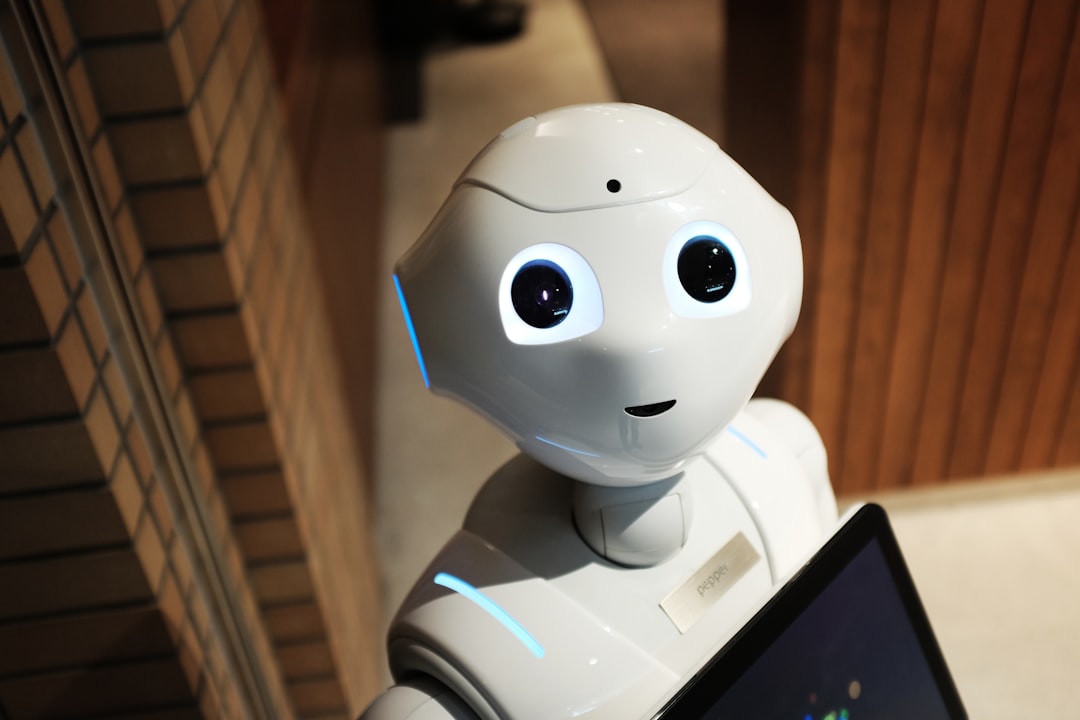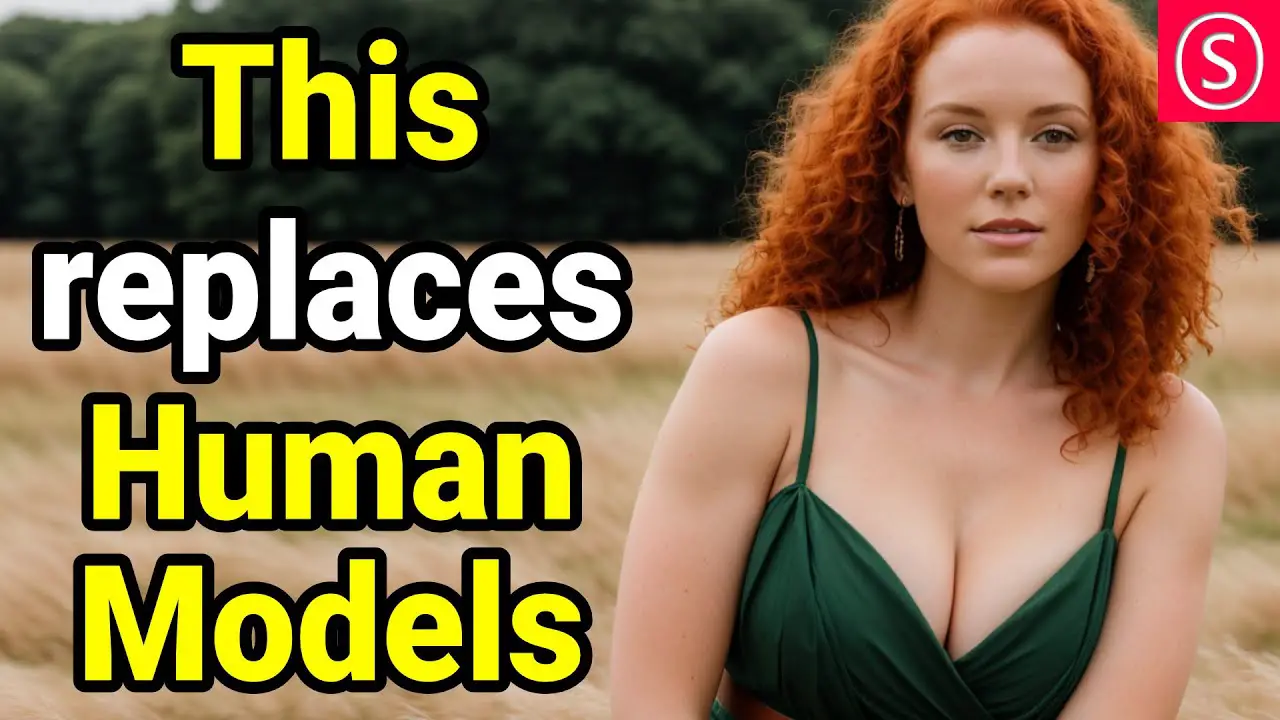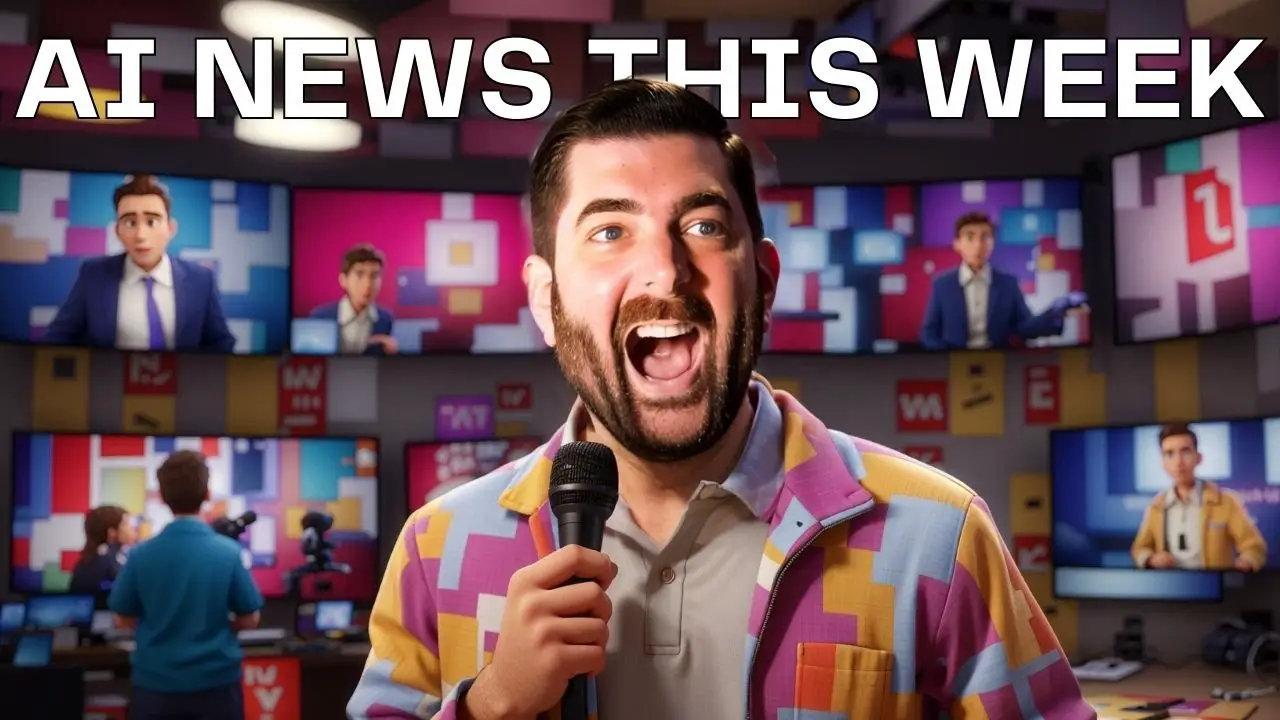Master the Art of Prompt Selection for Stable Diffusion AI Art Generation
July 31st, 2023

Master the Art of Prompt Selection for Stable Diffusion AI Art Generation
The intersection of art and technology is a fascinating realm where creativity meets innovation. In this ever-evolving landscape, Diffusion AI Art has emerged as a groundbreaking frontier that marries human imagination with artificial intelligence's computational prowess. At the heart of creating compelling, stable diffusion AI art lies the art of choosing the right prompt - a task easier said than done. This piece seeks to demystify this process and provide you with invaluable insights on how to sculpt your AI masterpiece by making strategic and thoughtful prompt selections. Let’s dive into the world of prompts where we'll explore best practices, common pitfalls to avoid, and inspiring success stories. Buckle up for an enjoyable ride through the intriguing process of generating unique, captivating Diffusion AI Art.
Understanding The Concept of Diffusion AI Art
Diving into the world of artificial intelligence (AI), we can find a myriad of uses and applications, one of which is creating art. Yes, you read it right - AI can create art, a domain once thought exclusive to human creativity. The innovative field known as Diffusion Artificial Intelligence Art, or simply Diffusion AI Art, has been piquing interest in recent years.
To truly understand this fascinating sphere, we must first decipher the concept of Diffusion AI. As an AI model, diffusion processes are used to simulate or model the way particles move from regions of higher concentration to lower concentration, until they are evenly distributed. This same principle applies in Diffusion AI Art generation. The AI system is provided with data (the 'particles'), like images or styles, and it then uses the diffusion process to create new, unique pieces of art.
The beauty of Diffusion AI Art lies in its unpredictability yet coherence. It's akin to having a digital artist that draws inspiration from an array of sources, blending them together in novel ways to create pieces that are both unique and intriguing. Each creation is a product of an intricate algorithm, intelligently designed and executed by artificial intelligence.
This sophisticated blend of technology and art opens up a whole new realm of possibilities, pushing the boundaries of what AI can achieve. Whether you're an artist exploring new mediums, a tech enthusiast keen on AI advancements, or just someone who appreciates a beautiful piece of artwork, understanding the concept of Diffusion AI Art surely adds a layer of appreciation for this incredible intersection of tech and creativity.
The Role of Prompts in Diffusion AI Art Creation
In the realm of diffusion AI art creation, prompts play a pivotal role. They function as the seed or initial input that sparks the artificial intelligence's creative process. Just as a human artist might be inspired by a beautiful landscape or a stirring piece of music, an AI uses prompts to guide its art generation.
Selecting a prompt is more than just picking a random word or phrase. It's about giving the AI a direction for its creativity. The quality and relevance of your chosen prompt can significantly impact the final artwork that the AI produces. For instance, if you choose a vague or general prompt like 'nature', the AI could produce anything from a mountain landscape to a close-up of a leaf. On the other hand, a more specific prompt like 'sunset over the ocean' will lead to a more targeted and potentially more interesting result.
Diffusion models in AI art creation use prompts differently than some other types of AI. Instead of taking the prompt as a direct order, diffusion models treat it more like a suggestion. This allows them to generate art that is not only unique but also unexpected, adding an element of surprise and excitement to the process.
However, one must keep in mind that the unpredictability of diffusion AI also means there's more room for error. Therefore, careful prompt selection becomes even more crucial. Selecting a prompt that is too vague may lead to a piece of art that is unrelated to the intended subject, while choosing a prompt that is too specific may limit the AI’s creative abilities.
For example, if you were looking to create AI art of a cityscape, a prompt such as 'New York skyline at night' would likely yield better results than something too vague like 'city', or too narrow like 'Empire State Building from 34th Street on a rainy Tuesday'.
In conclusion, understanding the role of prompts in diffusion AI art creation is vital. With thoughtful prompt selection, we can guide the AI to generate impressive and captivating pieces of art, demonstrating the perfect blend of technology and creativity.
Key Factors to Consider When Choosing a Prompt
When it comes to the fascinating world of art generation via artificial intelligence, prompt selection often plays a pivotal role. It's akin to the idea or inspiration that traditionally gets an artist started on a new piece. However, in the realm of AI, choosing the right prompt is not as simple as picking a random thought or image. Several key factors need careful consideration to ensure the generated artwork is both unique and relevant.
Firstly, let's talk about relevance. How well does the chosen prompt align with the theme or concept you want your AI to explore? For instance, if you're aiming for an artwork depicting tranquility and peace, prompts related to nature, such as 'tranquil lake at dawn', might be more fitting than those related to bustling city life.
Secondly, creativity is another critical factor. While it may seem counterintuitive given that we are dealing with machines, remember, AI is only as good as the input it receives. A creative prompt can lead the AI to produce outputs that are singular and engaging. For example, instead of using a generic prompt like 'sunset', using a more imaginative one like 'sunset melting into the ocean' could result in far more interesting pieces of AI-generated art.
Finally, while selecting prompts, it's important to understand how they influence the output. A vague, broad prompt can often lead to artworks that, while visually appealing, may lack a specific focus. On the other hand, a very narrow or highly specific prompt might restrict the AI's scope for generating diverse outputs.
Throughout this process, remember that AI art generation offers an opportunity to experiment and learn. Don't hesitate to try different prompts and explore various themes and styles. The beauty of AI lies in its ability to surprise us with its creations, shaped by our instructions in the form of carefully selected prompts.
Best Practices for Selecting Prompts in AI Art
Selecting the right prompts for your AI art is a critical step in achieving stability and uniqueness in your output. After all, the prompt forms the backbone of your creation, serving as the guiding light for the AI as it navigates through its artistic journey. Here are some best practices to guide you during prompt selection that ensures both stability and uniqueness in AI art.
Be Specific: The key to a successful prompt lies in the precision of your command. A vague or ambiguous prompt might confuse the AI, leading to a distorted or unclear outcome. Aim to be as descriptive and specific as possible. For instance, instead of using 'a beautiful sunset', you could say 'a vibrant sunset over a serene beach with cascading waves'.
Experiment with Synonyms: Try using different words with similar meanings. This approach can bring a unique flair to your AI Art. For example, instead of using 'a happy dog', you could use 'a blissful puppy'. The AI interprets these instructions differently, giving your artwork an element of distinctiveness.
Play with Contrasting Elements: Adding contrasts in your prompts can add an element of surprise and intrigue to your AI Art. For example, 'a bustling cityscape with tranquility' would make the AI generate an artwork that tries to capture both chaos and peace, increasing the complexity and depth of your art piece.
Maintain a Balance Between Freedom and Control: While it's crucial to guide the AI with your prompt, giving it too many details can stifle its creativity. On the other hand, being too loose might result in an unstable artwork. Striking a balance between giving it specific instructions and leaving room for interpretation can lead to more stable and engaging results.
Experiment and Iterate: Lastly, don't hesitate to try various prompts and see how the AI responds. This iterative process helps fine-tune your prompt selection abilities and understand how different prompts interact with your chosen AI model.
Remember, the beauty of AI Art lies in its unpredictability and openness to endless possibilities. By following these best practices, you're not only ensuring stability in your AI Art but also injecting a dose of uniqueness that makes your creations stand out.
Common Mistakes to Avoid When Choosing a Prompt
Choosing the right prompt is a crucial step in AI art generation, yet many individuals falter at this stage. There are several common mistakes that people often make during the selection process, some of which can have a significant impact on the eventual result.
One common mistake is being overly vague or generic with your prompts. It's important to remember that the AI is only as good as the instructions it's given. The more specific and detailed your prompt, the more likely you will get an output that matches your vision. For example, instead of using "sunset," try "a blazing sunset over a tranquil ocean."
On the other hand, being overly complex or verbose in your prompt can also be detrimental. AI systems work best when they are provided with concise, clear instructions. Feeding the model with convoluted prompts might confuse it and lead to unsatisfactory artwork.
Another pitfall to avoid is sticking to clichéd or overused prompts. While these may seem like safe choices, they seldom result in unique or original pieces of art. Experimentation is key when working with AI, so don't be afraid to take risks and venture outside your comfort zone.
Lastly, expecting immediate perfection from your AI art generator is unrealistic and can lead to disappointment. Remember, working with AI is a process of trial and error. Don't be disheartened if your initial attempts do not yield perfect results. With patience, practice, and fine-tuning your prompt selection skills, you can master the art of diffusion AI art generation.
Case Studies: Successful Use of Prompts in Diffusion AI Art
Delving into real-life instances can often be a powerful way to grasp the practical application of abstract concepts. Let's take a look at some successful examples where prompts played a defining role in creating captivating diffusion AI art.
First on our list is an instance from the contemporary digital artist, Anna Ridler. She used her own dataset of 10,000 tulips which she had photographed, to generate new, never-before-seen breeds of tulips using AI. Her prompt involved instructions for generating tulip images with varying characteristics like color, petal shape, and size. The AI model was able to execute her command, giving birth to a new collection of digital tulips. This exemplified how a carefully thought out prompt could produce unique creations even within a specific theme.
In another exciting case study, Tom White, a New Zealand-based artist and academic, used semantic descriptions as prompts for his AI model. He authored simple text prompts like 'A group of birds sitting on a tree branch' and let the AI model paint the scene. His approach broke away from traditional image-to-image translation AI art, shedding light on the immense potential of text prompts in guiding AI models to create intricate visual scenes.
Yet another fascinating success story comes from the Japanese collective teamLab. They used AI to create interactive, evolving landscapes of flowers. Their prompts included not only descriptions of different flower species but also instructions on seasonal changes and interaction behavior when viewers approached. The result was a mesmerizing, immersive art experience that continuously evolved.
These cases prove that choosing the right prompts contributes significantly to achieving desired outcomes in diffusion AI art generation. The artistry lies in understanding what to feed these AI models, tweaking the prompts to nudge the AI in the direction we want. It's a fusion of creativity, technical knowledge, and a deep understanding of both the medium and the tool – a testament to the transformative power of technology in the domain of art. Mastering the art of prompt selection in stable diffusion AI art generation is a game-changer. By understanding the concept and role of prompts, you're already one step ahead in creating compelling AI-based artwork. With important factors to consider such as relevance, creativity, stability, and uniqueness, your chosen prompt can make or break the output. Following the best practices highlighted in this post will steer you in the right direction. However, it's equally significant to be aware of common missteps that could hinder the process. Case studies of successful diffusion AI art creations underscore the power of effective prompt selection. It's an exciting realm that intertwines technology and creativity, where the potential for innovation is boundless. The future of AI art is here and now; let the canvas of your imagination be its playground.
Other articles
October 13th, 2023
Leveraging Generative AI in Everyday Life and Work
ional operations, while maintaining ethical standards. read more...
October 14th, 2023
Exploring the Fusion of GPT, Dall-E and Stable Diffusion for Visual Storytelling
visual storybooks. Learn more about these innovative AI technologies. read more...




